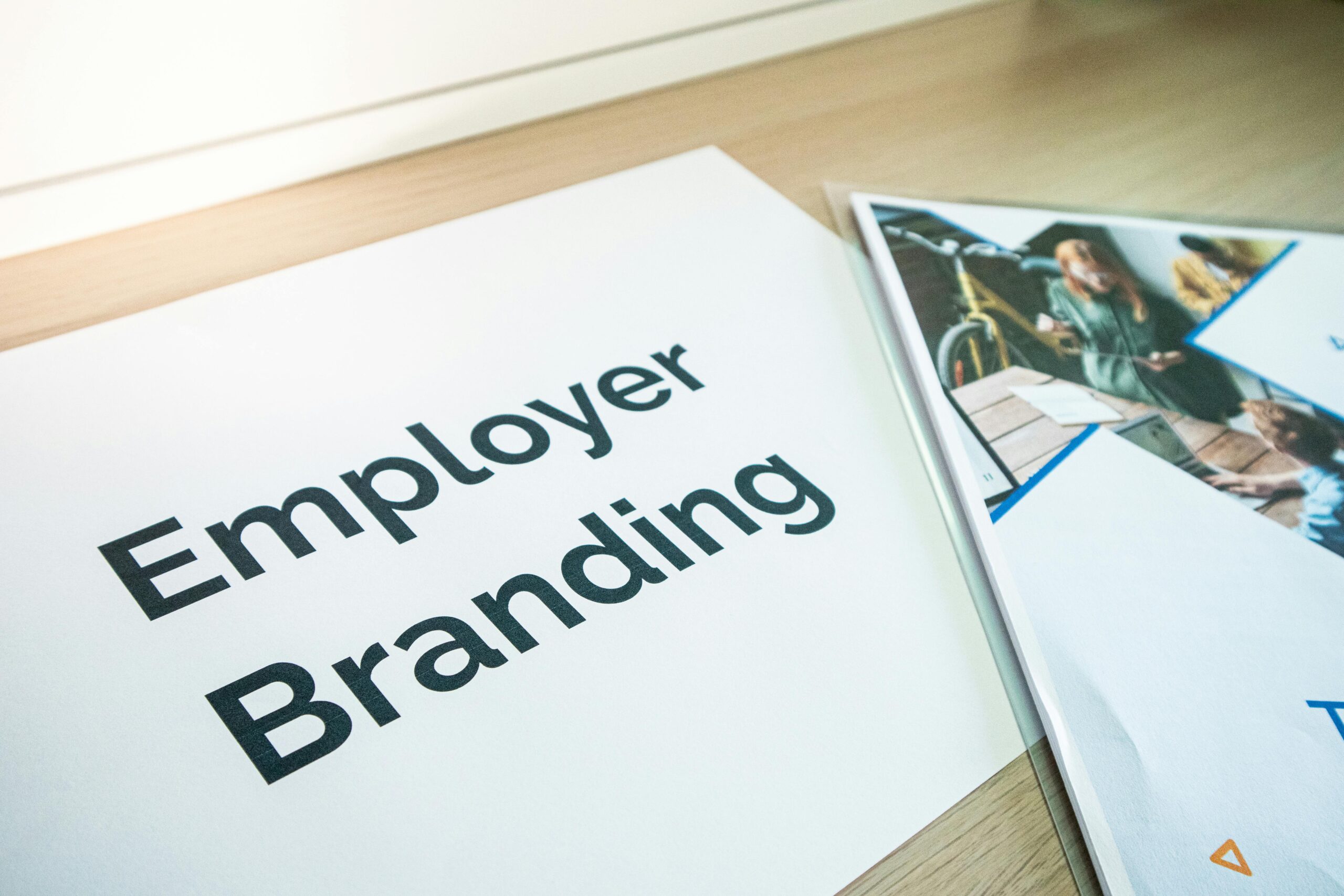scheduled free Worksy HRMS demo.

Embracing AI in HR: Predicted Trends You Can’t Ignore in 2025
February 13, 2025
Latest Labour Laws in Malaysia: Key Updates for 2025
February 21, 2025Employee burnout has become a growing concern in workplaces everywhere. Prolonged stress, overwhelming workloads, and insufficient support can not only harm an individual’s wellbeing but also affect overall employee engagement and productivity. By implementing specific strategies, leaders and managers can reduce burnout levels, nurture a healthier work culture, and ultimately help their teams thrive.
What is Employee Burnout?
According to Gallup’s article, Employee burnout is a state of emotional, mental, and physical exhaustion caused by prolonged job-related stress. It’s often demonstrated through decreased motivation, constant fatigue, and a sense of reduced personal accomplishment. Burnout doesn’t appear overnight; it’s a gradual process that emerges when workplace pressures pile up without enough coping mechanisms or organizational support.
Why Should You Care About Burnout?
- Reduced Productivity: Burned-out employees struggle to maintain focus and output, thus impacting both individual and team performance.
- High Turnover: Extreme stress can push employees to seek healthier work environments, increasing recruitment and onboarding costs.
- Negative Culture: When employees feel unsupported or undervalued, morale drops, and this can heavily affect collaboration and employee engagement in the long run.

Join 3,000+ Malaysian companies using Worksy for HR automation.
Request free demo now*Terms and conditions apply.
3 Key Factors Leading to Employee Burnout:
1. Overwhelming Workload
When deadlines constantly looming and resources are limited, employees feel trapped in an endless cycle of tasks. Balancing priorities and ensuring realistic expectations is crucial to prevent burnout.
2. Lack of Manager Support
Leaders who fail to provide clear feedback, show empathy, or recognize achievements may unintentionally contribute to burnout. Simply by conducting regular check-ins and encouraging open communication, it can alleviate stress.
3. Unfair Treatment and Poor Communication
Perceived bias, unjustly policies, and inadequate communication can diminish trust. This not only lowers employee satisfaction but also increases the likelihood of burnout.
Here Are 4 Strategies to Combat Employee Burnout:
1. Establish a Culture of Wellbeing
Encourage work-life balance through flexible hours, remote work options, and wellness programs. When employees feel cared for, they’re more likely to stay motivated and engaged.
2. Train Managers to Recognize Burnout
Managers are considered frontliners of day-to-day interaction. By equipping them with the right tools and knowledge to spot early warning signs of burnout and address issues proactively.
3. Reward and Recognize Achievements
From simple shout-outs to formal awards, genuine recognition goes a long way toward boosting employee engagement. Celebrate milestones, whether big and small, to make your team feel valued.
4. Maintain Clear Communication
Set well-defined goals, deadlines, and responsibilities. Transparency helps employees understand their roles and reduces uncertainty, which is often a key driver of stress.
5. Provide Solutions for Time Management
Offer tools and training that help employees manage their schedules effectively. Encouraging breaks and setting realistic deadlines can ease feelings of overwhelm.
Take Action: Enhance Engagement and Minimize Burnout
Preventing employee burnout isn’t only about individual resilience, it’s also about creating a supportive environment where everyone can excel. By prioritizing wellbeing, offering managerial support, and recognizing achievements, organizations can strengthen employee engagement and encourgae a more harmonious workplace.
Are you to build a healthier work culture?
Try Worksy’s HRMS platform to streamline task management, enable timely feedback loops, and foster genuine connections within your team today!

Automate HR with Worksy - trusted by 3,000+ companies.
Request free demo now*Terms and conditions apply.





